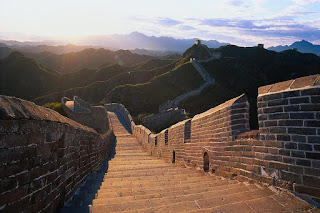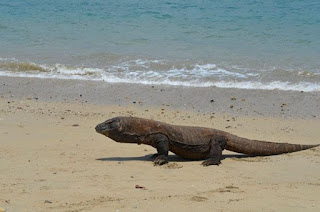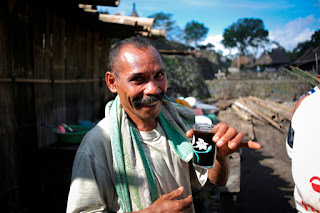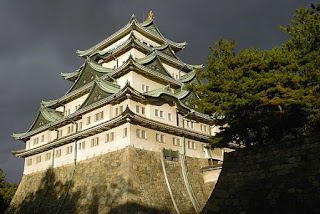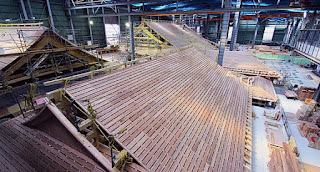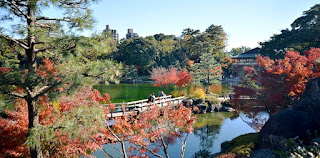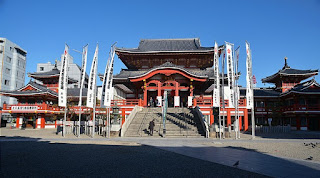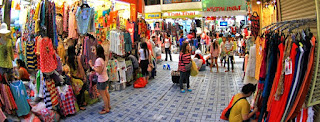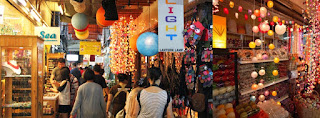Jakarta city that known for it traffic jam but do you know that there are places in jakarta that you can visit but it will make you wonder why such a beautifull places exist near this chaotic city , what i want to tell you know is some island near jakarta it called pulau seribu or thousand island not like some sauce that you know :D . it really good to travel to some island so beautifull near a big city just an hour away so many island to go dive, snorkling or just fishing.
Pulau Seribu is part of jakarta still it like a diferent places cause this places is still have what you call nature rich many bird, from my personal experience there are many dolphin that you can see when you go there but it just rare sight not like lovina beach in bali. why this place is so good it's cheap.
If you have more money you can take the fast boat to go there but for me slow boat is my thing cause you can see many thing with your eyes , talk to other people but it will be good expeience right.
i will tell about one island it called harapan or hope in english in this place you can see people that stay in this island and you can go near other island that around hope island , many young kid like 7 or 8 years just swimming in the middle of ocean for fishing cause there are some stone that you can take for fishing in the middle of ocean , around this island you can find many fish but remember keep it clean and don't forget behind this island you can see a penyu.
i will tell about one island it called harapan or hope in english in this place you can see people that stay in this island and you can go near other island that around hope island , many young kid like 7 or 8 years just swimming in the middle of ocean for fishing cause there are some stone that you can take for fishing in the middle of ocean , around this island you can find many fish but remember keep it clean and don't forget behind this island you can see a penyu.
Pulau Seribu is part of jakarta still it like a diferent places cause this places is still have what you call nature rich many bird, from my personal experience there are many dolphin that you can see when you go there but it just rare sight not like lovina beach in bali. why this place is so good it's cheap.
If you have more money you can take the fast boat to go there but for me slow boat is my thing cause you can see many thing with your eyes , talk to other people but it will be good expeience right.
i will tell about one island it called harapan or hope in english in this place you can see people that stay in this island and you can go near other island that around hope island , many young kid like 7 or 8 years just swimming in the middle of ocean for fishing cause there are some stone that you can take for fishing in the middle of ocean , around this island you can find many fish but remember keep it clean and don't forget behind this island you can see a penyu.
i will tell about one island it called harapan or hope in english in this place you can see people that stay in this island and you can go near other island that around hope island , many young kid like 7 or 8 years just swimming in the middle of ocean for fishing cause there are some stone that you can take for fishing in the middle of ocean , around this island you can find many fish but remember keep it clean and don't forget behind this island you can see a penyu.













